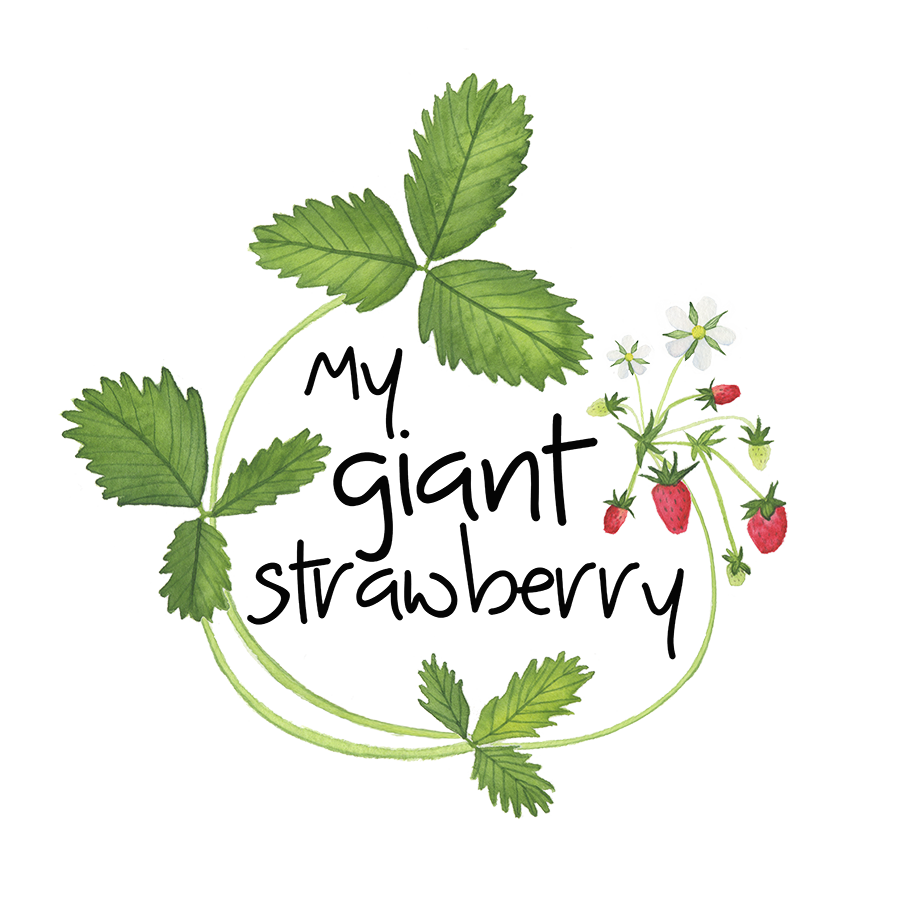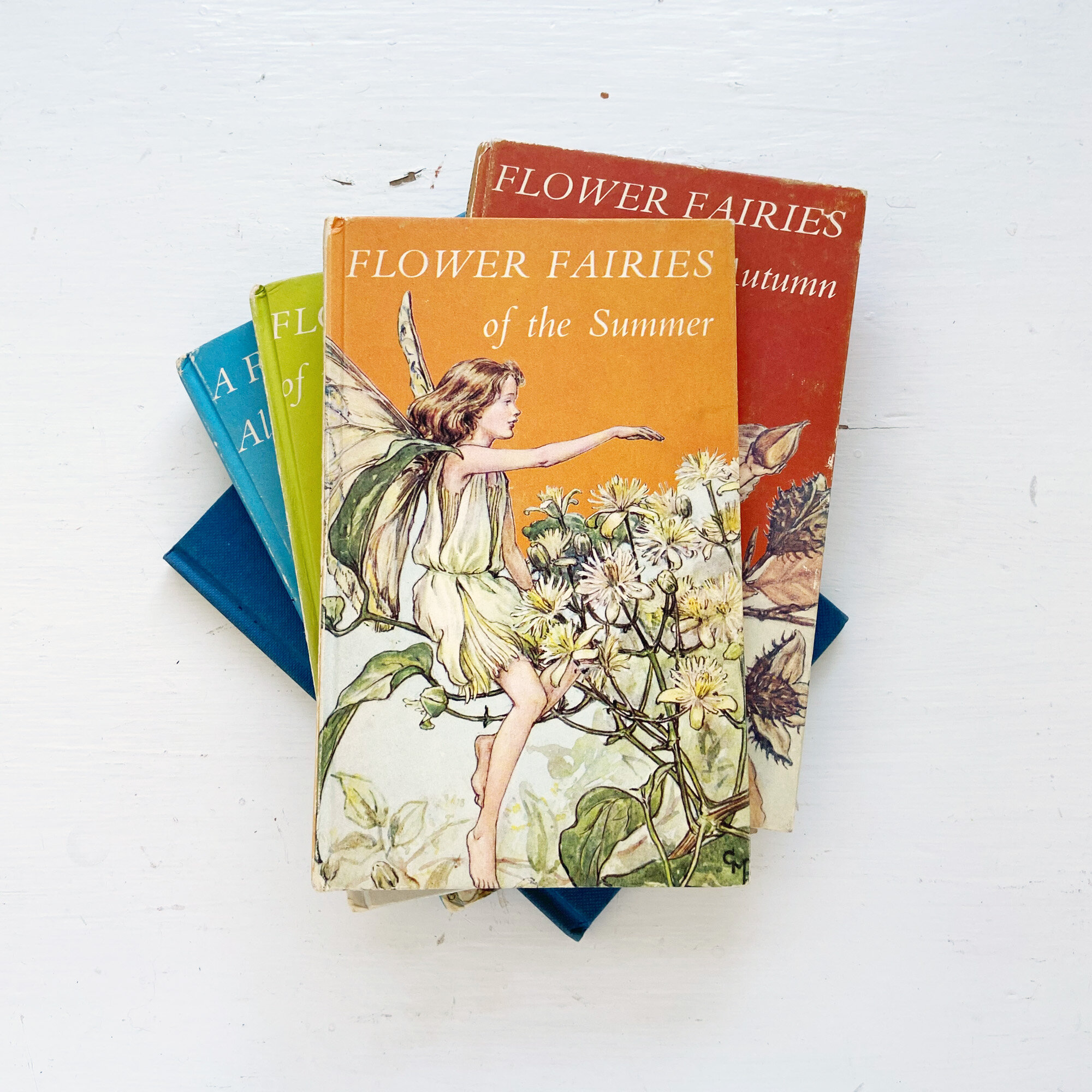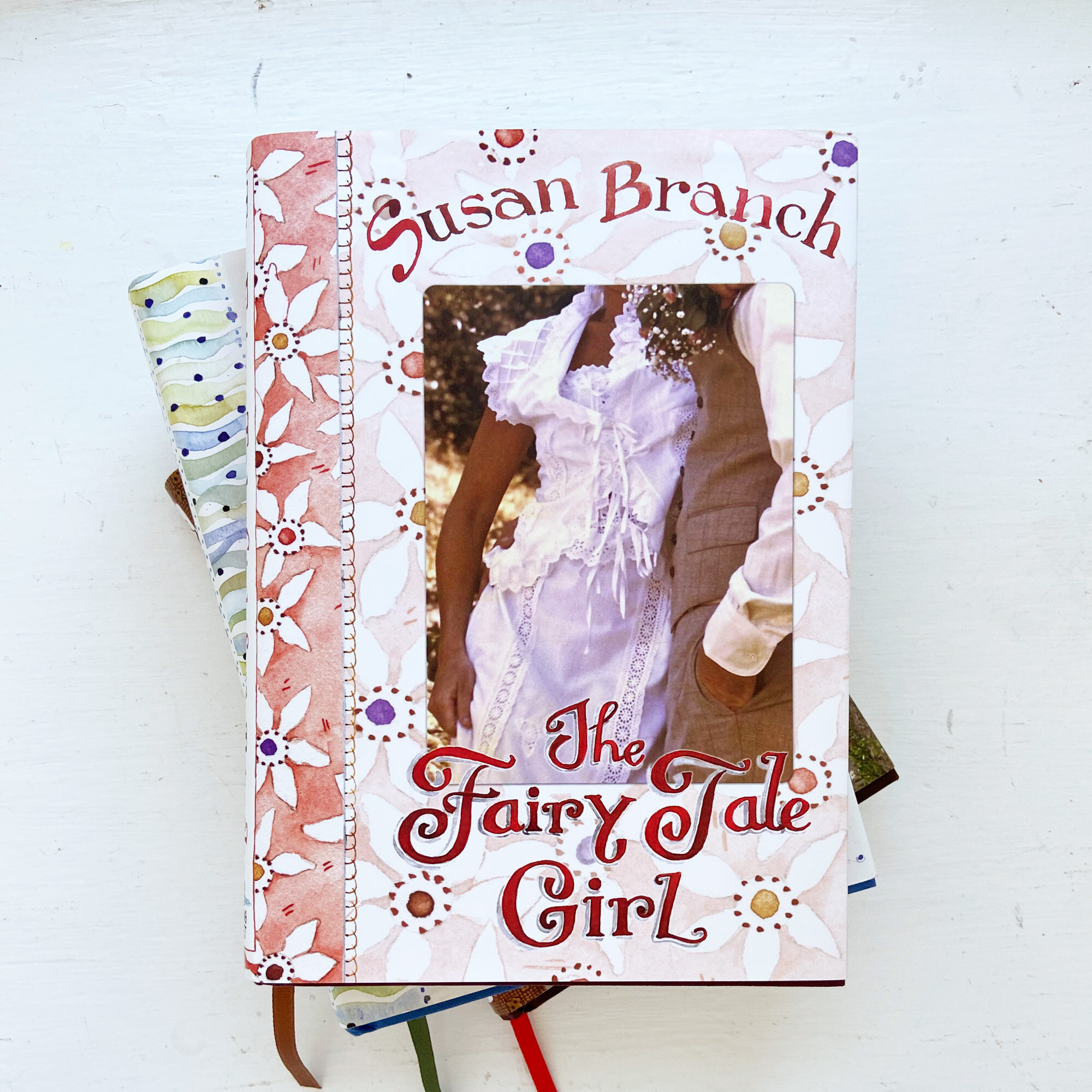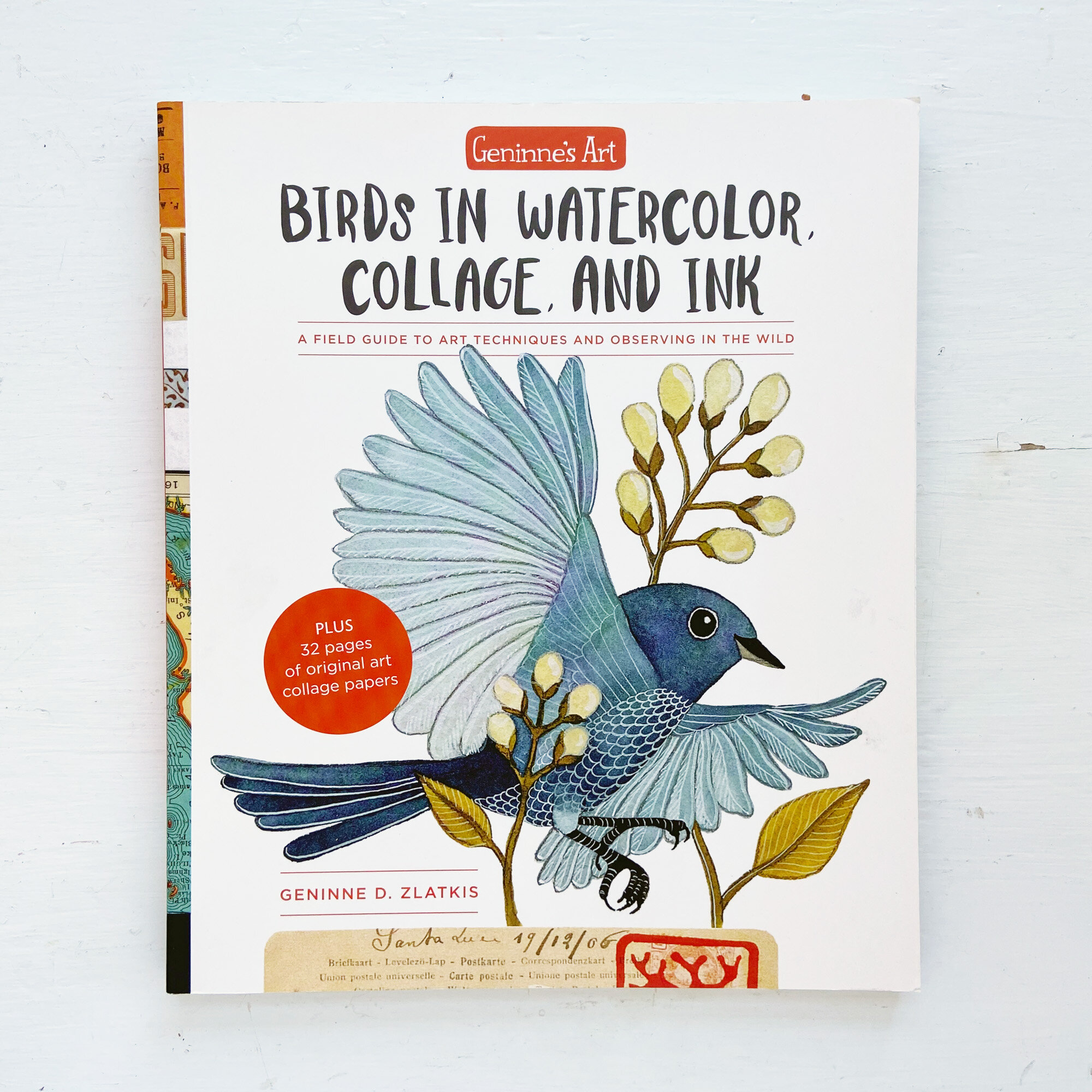My Favorite Books for Watercolor Inspiration and Instruction
In our interview last week, Laura Ashton mentioned being inspired by the books of Edith Holden. Today I wanted to share some of the books that have inspired me on my creative journey.
I think the most lasting and influential inspirations happen during childhood. Seeds are planted then that grow and mature over your entire lifetime. Just as I’ve always been a plant and flower person, so too have I always been a book person. I have my parents to thank for both of those influences.
There are probably thousands of books whose illustrations helped shape my aesthetic. Many I no longer remember. Others I cherish to this day. Cicely M. Barker’s Flower Fairies books are some of them.
As a child I loved anything having to do with tiny worlds and I adored small-sized books. The flower fairies were a delight, delivering on both counts. The realistically rendered watercolor botanicals were probably my first introduction to botanical illustration and I loved them. I still do.
Another early influence was Sara Midda’s In and Out of the Garden.
This was one of my mom’s library of garden books and I would spend hours poring over its pages. Hand-lettered, filled with gardening lore and playful watercolor illustrations, each page can stand alone as a work of art. As an adult I found my own copy in a used bookstore years before ever picking up a paintbrush. I still enjoy poring over its pages.
Around the time I found my own copy of In and out of the Garden, I found Abbie Zabar’s A Growing Gardener (in the same used bookstore).
I’m cheating including it here because its illustrations are done in colored pencil, not watercolor, but it was a big influence on my development as a gardener and on my artistic aesthetic.
A Growing Gardener is probably the first illustrated garden journal I ever came across. A genre that’s become one of my very favorite.
Many years later, once I started teaching myself to paint, I was hungry for any watercolor books I could get my hands on. None of the watercolor instruction books I found at my local library (or in bookstores) taught the style of painting I had in my head, but I kept looking. I also kept painting and learning on my own how watercolor worked.
While searching, I came across Mary Woodin’s The Painted Garden, another illustrated gardening journal.
I loved it and her lovely companion The Painted Garden Cookbook. More recently she self-published Drawn to the Country, which is even more beautiful.
I think you can learn a lot by studying other artists’ illustrations, even without instruction. Truly, the only way to learn how to paint is by painting, but looking at other artists’ work can help you understand what is possible with different media. It can teach you about composition. About combining colors. About level of detail. Looking at another artists’ work also helps you determine what you like stylistically and what you don’t like.
Over the years all of this becomes distilled into your own unique style. You’ll probably always be evolving. Always open to new influences and inspirations. It’s exciting, don’t you think?
Here are a few more inspirations:
Vivian Swift’s When Wanderers Cease to Roam is a watercolor illustrated journal that’s not focused on gardening.
I enjoyed it immensely.
Re-reading Susan Branch’s illustrated memoirs (The Fairy Tale Girl, Martha’s Vineyard Isle of Dreams and A Fine Romance) this spring was a joy!
One of the most appealing parts of her story was that she discovered a talent and passion for painting out of the blue as an adult. Later, living in a tiny cabin and recovering from a broken heart, she began work on her first illustrated cookbook. In doing she began to forge what would become a flourishing career as a writer and artist.
I never did find just the right instructional watercolor book, but I eventually I came across Billy Showell. At that point I’d already been painting for years. I wish I’d known some of the techniques she teaches earlier in my art education. Some techniques I learned on my own. Others, like lifting up fine lines with the tip of a damp brush, were a revelation.
Her illustrations are super-detailed and so beautiful. I own four of her books, but if you’re looking for one I’d recommend: Billy Showell’s Botanical Painting in Watercolour. It’s the most comprehensive.
More recently I came across Anna Mason. Her art is nearly photo-realistic and her technique painstaking.
She has a couple books, but I liked Anna Mason’s Watercolour World better than The Modern Botanical Painter. Although I don’t want to paint like she does, I enjoy looking at her art and being able to peek into her garden and studio.
Both Anna Mason and Billy Showell teach online, though I have no experience with their classes.
Botanical Sketchbook: a Guide and Inspiration for Any Botanical Artist isn’t really an instructional guide.
In fact, it’s a bit hard to categorize. The book takes you through Mary Ann Scott’s education through the Society of Botanical Artists’ Distance Learning Diploma Course. I loved seeing her unfinished sketches, reading her notes about color mixes and seeing all of her color swatches. The finished paintings are beautiful. Reading the assessments from the instructors was a turn-off for me, but that might just be my personal dislike of putting a grade on art.
Geninne Zlatkis is one of my favorite artists. I first came across her art on Etsy way back when and then I read her blog (sadly she’s no longer blogging) and later followed her on Instagram. I enjoyed her first book Making an Impression and was excited when Birds in Watercolor, Collage and Ink came out.
If you’re a complete beginner it might not (alone) be enough instruction to teach you how to make art, but if you like her art, I think you’ll like this book. The pantings and collage are gorgeous and there are so many wonderful photographs of her studio and her inspirations.
Finally, in contrast to the very detailed art in the previous books, Mimi Robinson’s Local Color is refreshingly simple.
Instead of rendering what you see in the form of illustrations of flowers or birds or landscapes, Local Color encourages looking for color and re-creating color palettes with watercolor. As color mixing and swatching is one of my very favorite parts of making art, this is especially appealing to me. I think it would make a wonderful practice for someone just learning how to paint (Lorene Edwards Forkner’s daily practice of mixing colors inspired by her garden reminds me of this).
I could talk about books all day, but that’s all for now. I hope you’ll be able to take get your hands on some of these books and that they’ll inspire you, too.
What art books do you love? I want to hear about them!











